Subscribe to trusted local news
In a time of both misinformation and too much information, quality journalism is more crucial than ever. By subscribing, you can help us get the story right.
- Subscription costs less than £1 a week with an annual plan.
Already a subscriber? Log in here.
20
May
Four-year Ripon river project draws to close
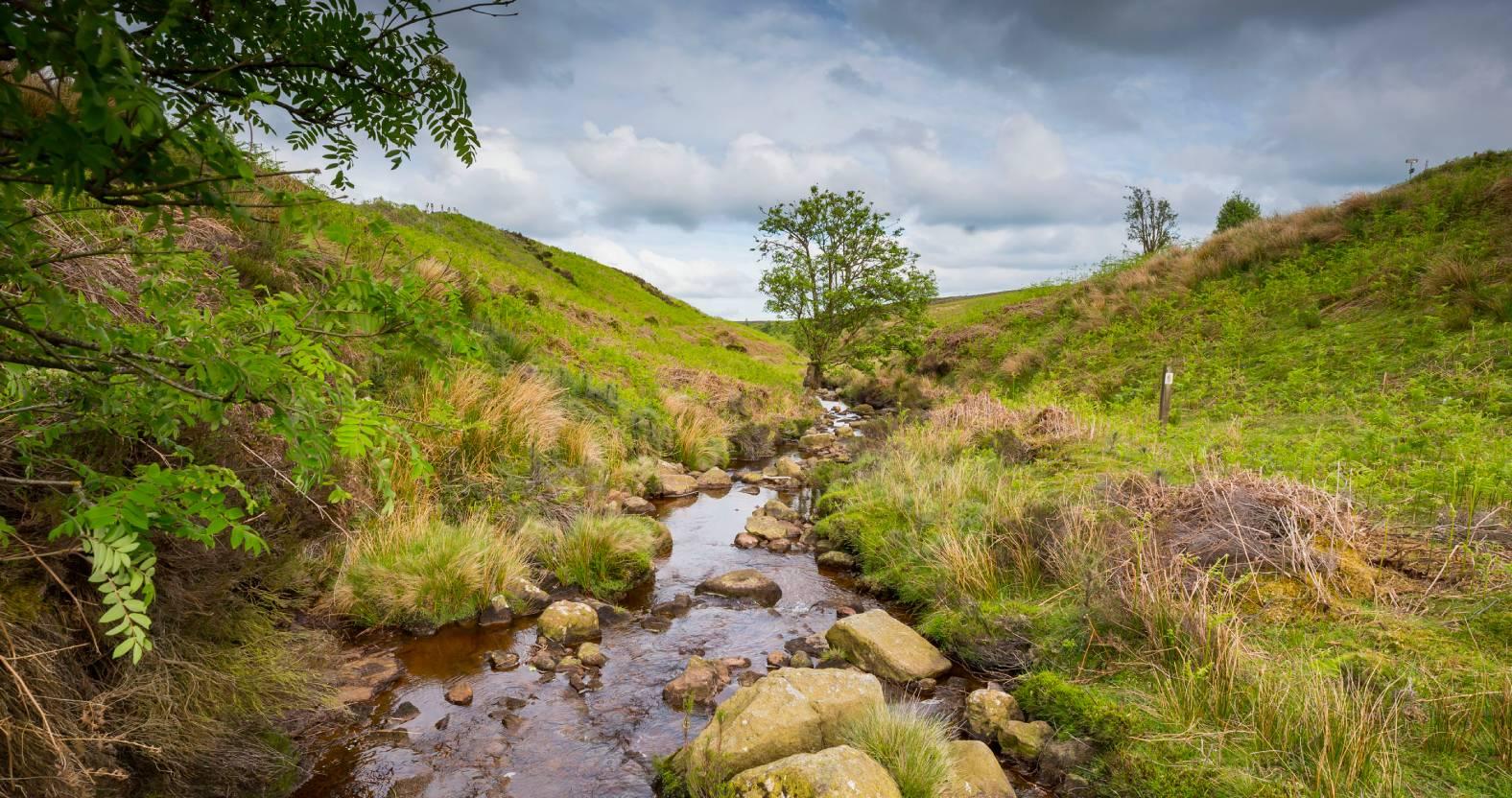
The four-year £2.5 million Skell Valley Project comes to a close at the end of this month.
The project, led by the National Trust and Nidderdale National Landscape, has focused on a 12-mile stretch of the Skell, from its source on Dallowgill Moor to Ripon.
Set up in 2021 to look at ways of addressing the significant flood risk at Fountains Abbey and the Studley Royal World Heritage Site near Ripon, the initiative has involved 15 individual projects.
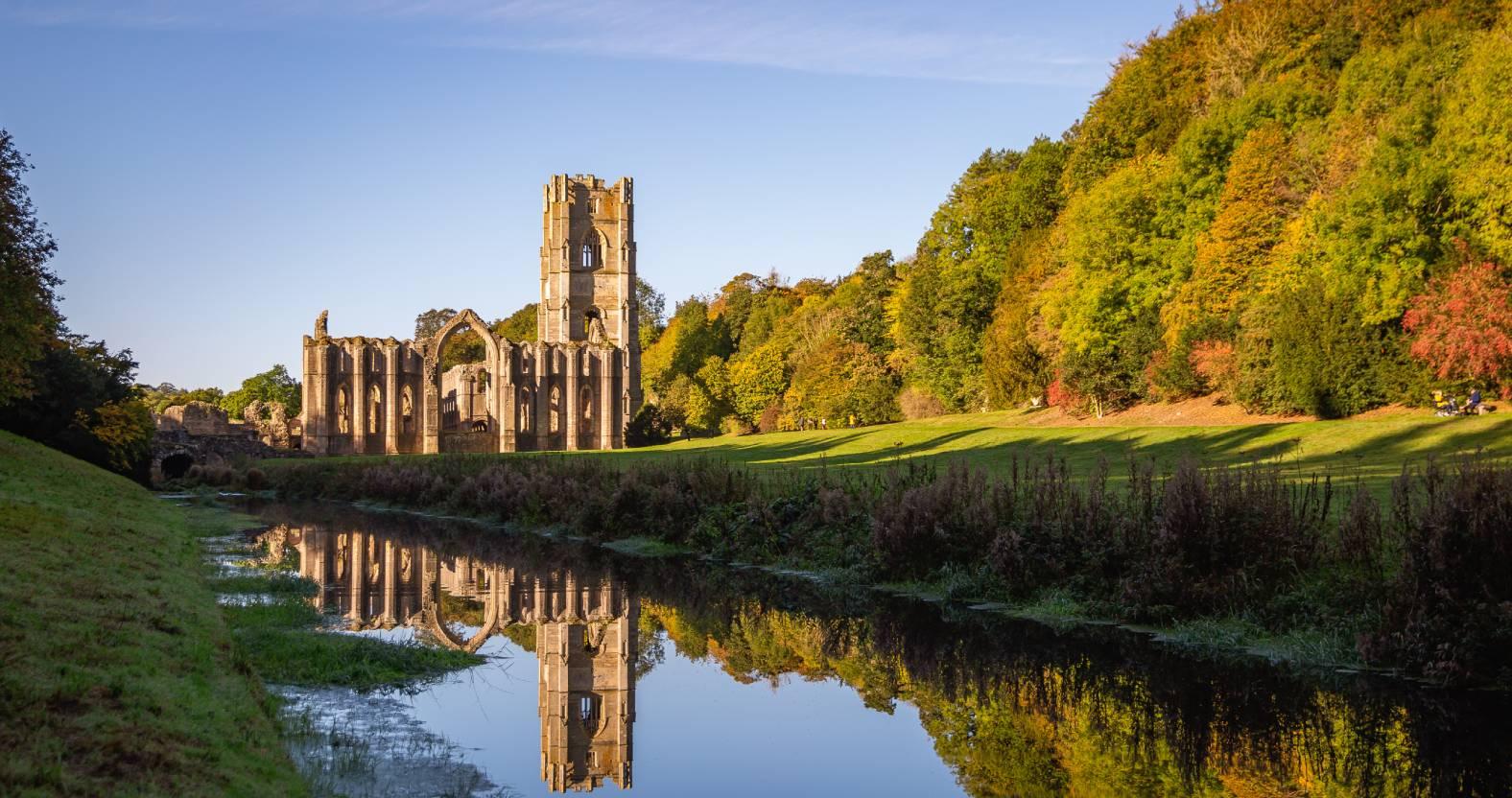
Fountains Abbey. Pic: J. Shepherd
The scheme, which involved 16 partners as well as farmers, landowners and local communities, aims to create a sustainable future for the Skell Valley.
The increasing intensity and frequency of flooding over recent years has presented a significant threat to Fountains Abbey as well as other heritage features in the wider valley.
Natural flood management measures have been introduced to slow the flow of the river, which is a triburay of the River Ure.
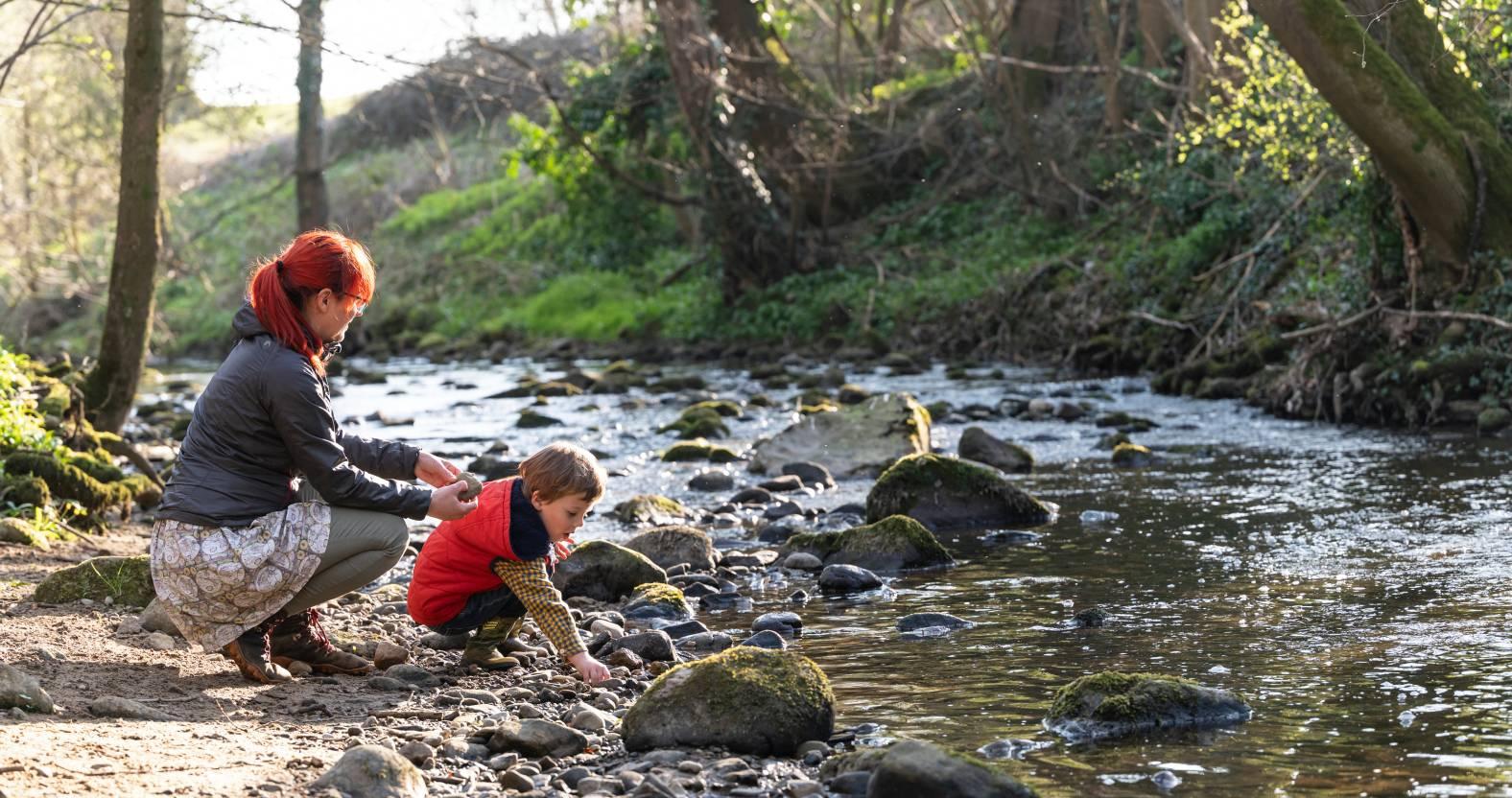
The Skell is a key focal point at Hell Wath Nature Reserve. Pic Paul Harris
What has it achieved?
More than 10,000 trees have been planted, seven ponds created, 29 leaky dams constructed and four kilometres of hedgerows have been restored.
Over six kilometres of fencing have been installed to protect riverbanks and ditches from over-grazing and erosion and two kilometres of farm and forestry tracks have been surfaced to reduce the risk of erosion and sedimentation in the river.
A team from the University of Leeds has installed specialist equipment to monitor rainfall levels, the flow of the river and water quality to assess the impact of the interventions.
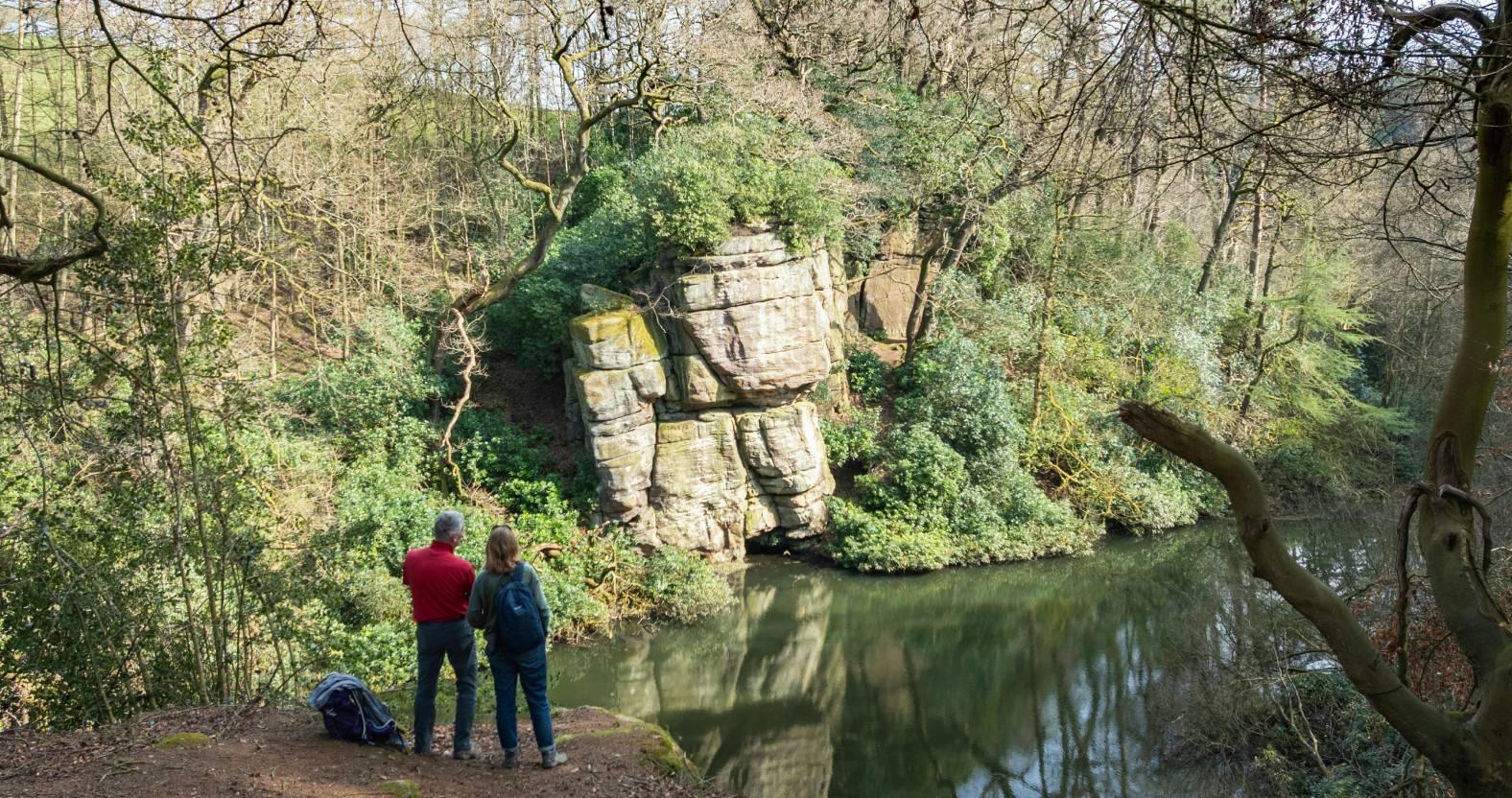
One of the many sights to behold in the Skell Valley. Pic Paul Harris
Justin Scully, the trust's general manager at Fountains Abbey and Studley Royal, said the project had instigated a new way of working that has better connected Fountains Abbey with the local community and landscape.
He added:
This is just the beginning of our work upstream and around the catchment. Over the next 10 years we want to enable better access, look after our cultural heritage and historic buildings, improve land and water quality by adapting the whole valley to the challenges of climate change.
This valley has always flooded, but now we are increasingly worried about the intensity and frequency of flooding at Fountains Abbey, in the city of Ripon and across the wider valley. When the river is in flood, up to 124 transit vans of water crash down the valley per minute.
We have worked with the University of Leeds to help us understand how the river works and how we can adapt to more frequent flooding and mitigate the impact on people, our cultural heritage and nature.
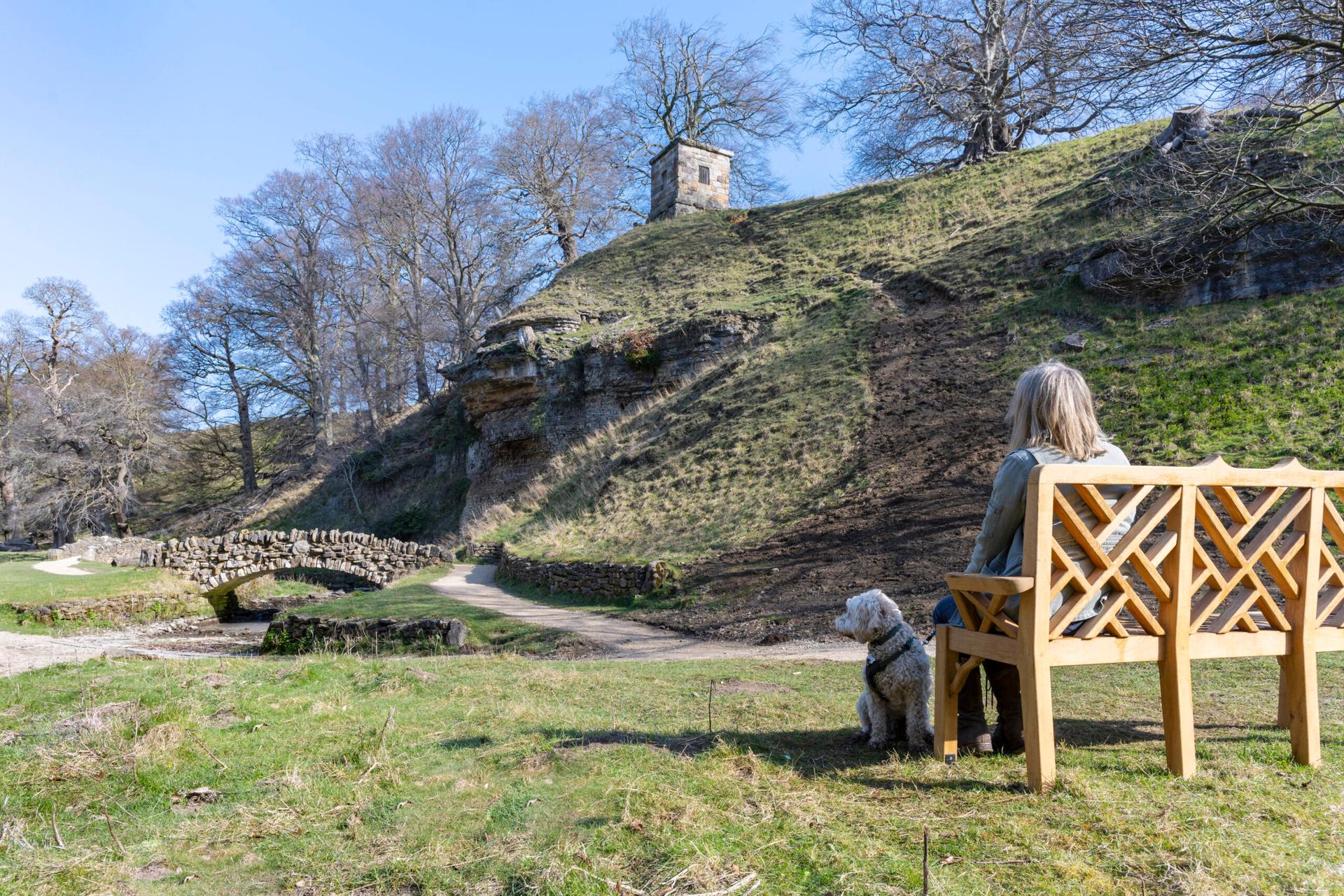
The project saw the restoration of the Roman Monument in the Seven Bridges Valley at Studley Royal. Pic Paul Harris
Following discussions with partners and the local community, the aims of the project were widened to include the challenges of tackling climate change, the decline in nature, neglected heritage and providing increased access to green spaces.
Encouraging nature to thrive was a key focus of the project, and has seen habitats restored and enhanced, native trees planted and ancient and veteran trees monitored.
Volunteers were trained in butterfly transect recording, grassland fungi surveys and mammal, wildflowers and dragonfly identification. Bat detectors were deployed throughout the valley to understand the distribution and activity of the species, recording calls from many species including Daubenton’s, Soprano Pipistrelle and Brown Long-eared bats.
Schools, community groups and volunteers were encouraged to get involved, and the project saw the benefit of over 23,800 volunteering hours.
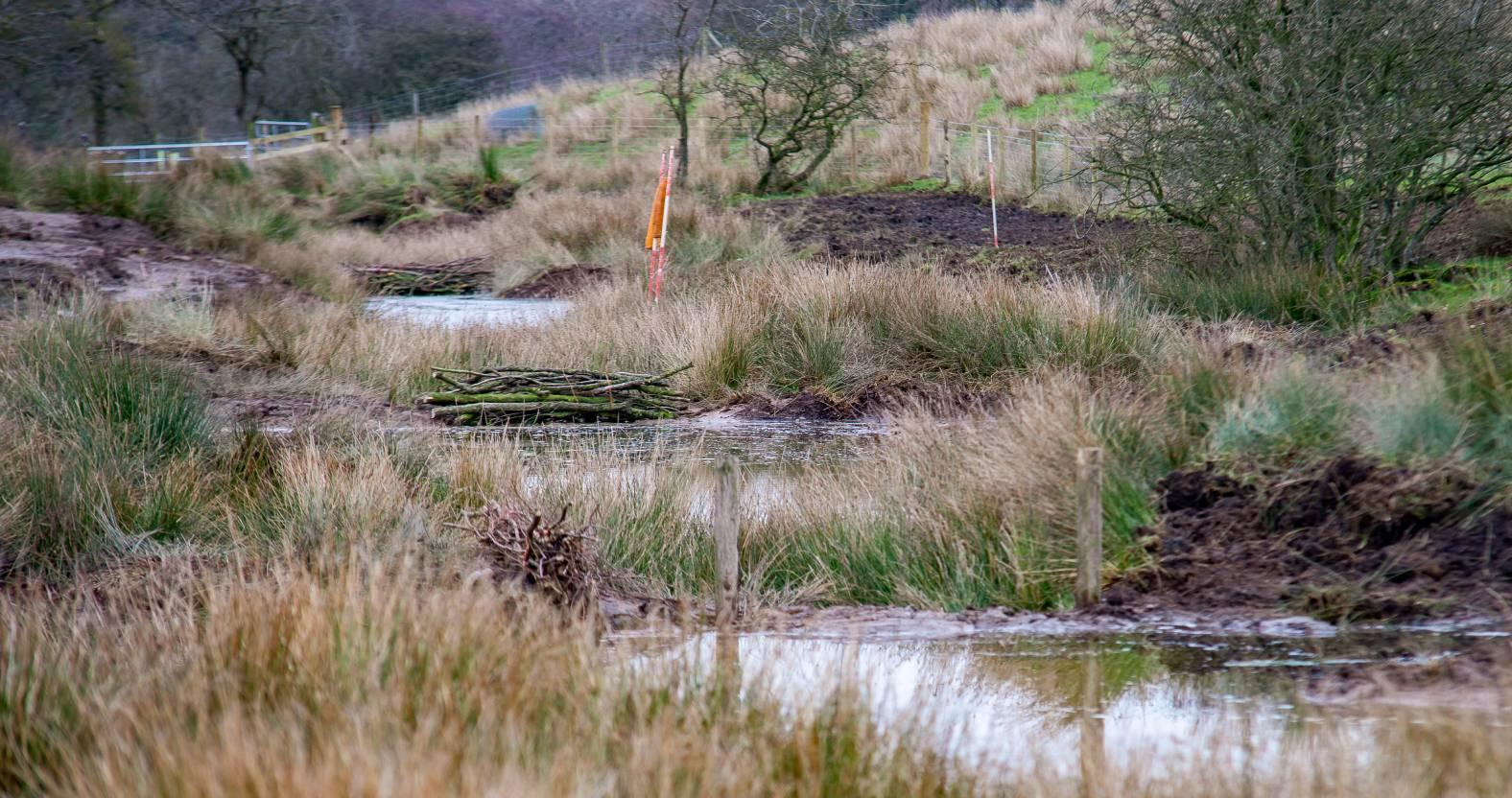
Natural flood management ponds were created at Skell Valley Farm
Iain Mann, Nidderdale National Landscape manager, said:
The Skell Valley Project has been a landmark initiative for Nidderdale National Landscape - not just because of what’s been achieved over the past four years, but because of the way it’s brought people together to protect and care for this extraordinary place.
By working hand in hand with farmers, landowners, local communities, and expert partners, we’ve been able to address some of the valley’s most pressing challenges, from flooding and climate change to declining biodiversity and neglected heritage.
The river, the land, and the people who live and work here are deeply connected, and this project has helped us lay strong foundations for the future. This may mark the end of the funded project, but for us it’s just the beginning of a long-term effort to build a healthier, more resilient landscape for generations to come.
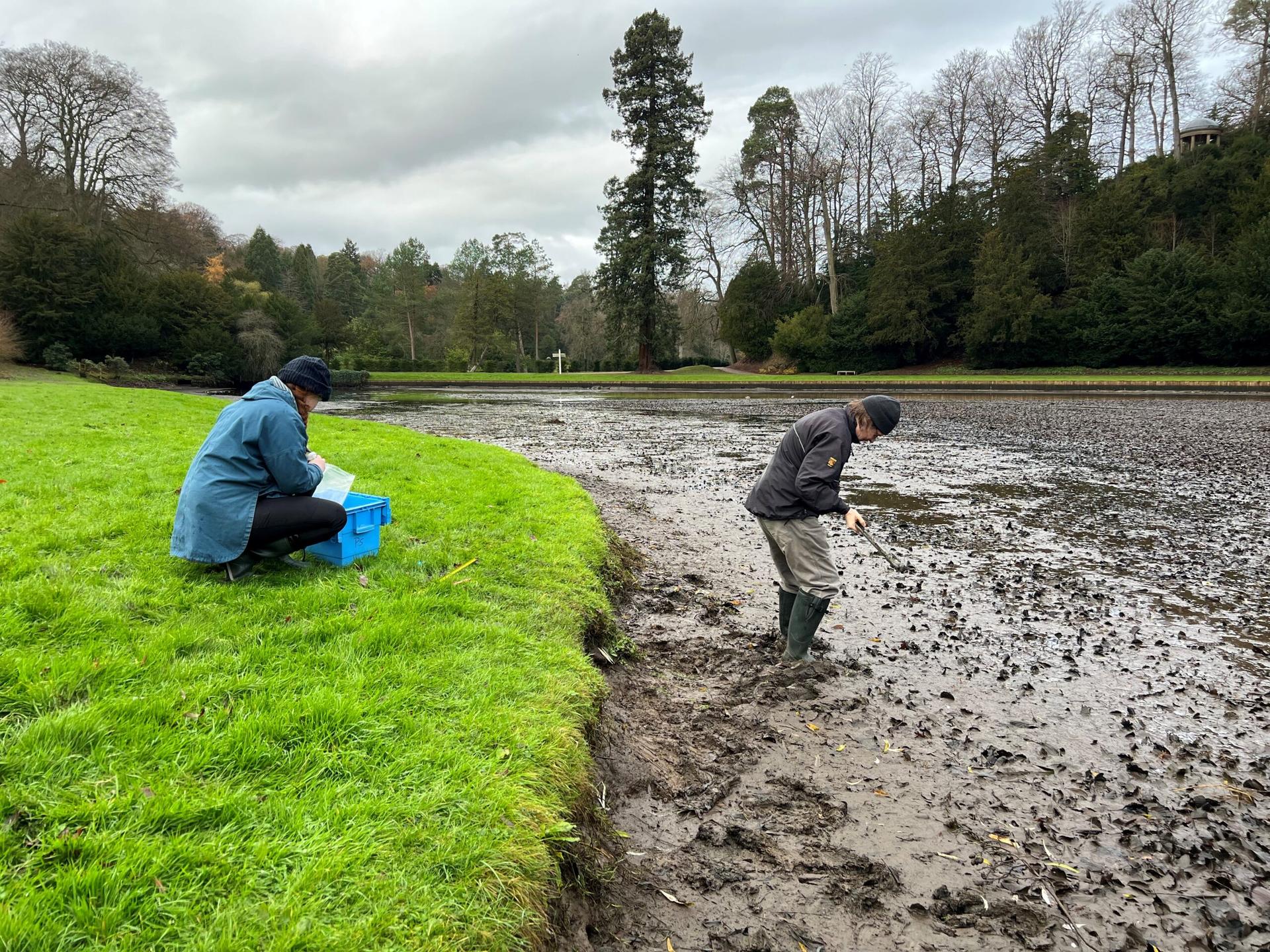
A silt survey was carried out at the Half Moon Reservoir at Studley Royal. Pic Jenni Shepherd
Helen Featherstone, northern director of the National Lottery Heritage Fund, which supported the project, said:
With climate change continuing to put our natural world under intense pressure, initiatives like the Skell Valley Project have never been more important in safeguarding our natural heritage for generations to come.
Although the project has ended, the National Trust and Nidderdale National Landscape say they will continue working with farmers and landowners to develop further ways of alleviating flooding as well as creating more resilient land and farm businesses in the face of climate change.
0